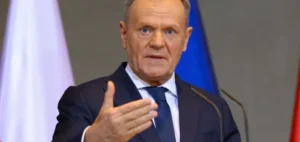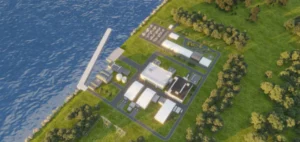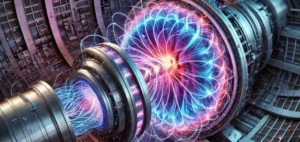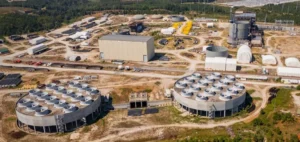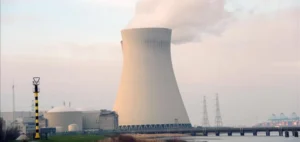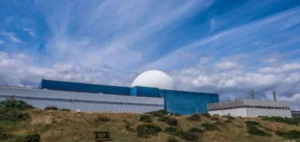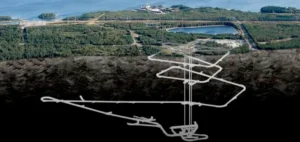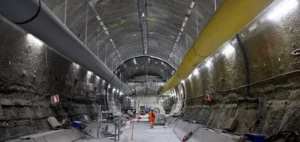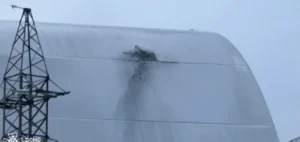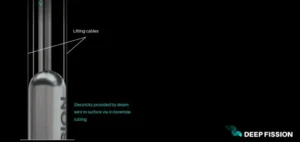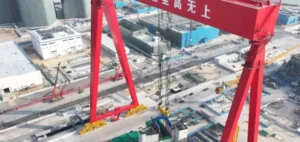A fire broke out in the cooling system of the Zaporizhia nuclear power plant in Ukraine, occupied by Russian forces.
Although the fire was quickly brought under control, tensions remain high between Moscow and Kiev, with both sides blaming each other for the incident.
According to information provided by the International Atomic Energy Agency (IAEA), which has a team on site, the plant’s six reactors are shut down and the situation does not present any immediate nuclear danger.
Nevertheless, the incident once again highlights the risks inherent in operating a nuclear power plant in a zone of active conflict.
Analysis of causes and initial technical assessments
According to the Russian authorities, the fire was caused by a Ukrainian drone attack, specifically targeting one of the cooling towers.
This version of events is contradicted by the Ukrainian authorities, who accuse Russian forces of intentionally starting the fire.
In a statement, the IAEA called for immediate access to the affected area to assess the material damage and determine the precise origin of the incident.
The agency’s experts, after observing a thick column of black smoke and hearing several explosions, confirmed that radiation levels had not changed, indicating the absence of a radioactive leak.
Nuclear safety issues in conflict zones
Since its occupation by Russian forces in March 2022, the Zaporizhia power plant has become a highly militarized site, increasing the risk of a serious incident.
The militarization of this critical infrastructure, with the installation of heavy weapons inside the plant’s perimeter, further complicates the situation.
The IAEA has repeatedly expressed its concerns about the safety of the site, especially in the context of repeated bombardments.
This latest incident highlights the need for reinforced international surveillance and rigorous management of the risks associated with nuclear facilities in a war context.








